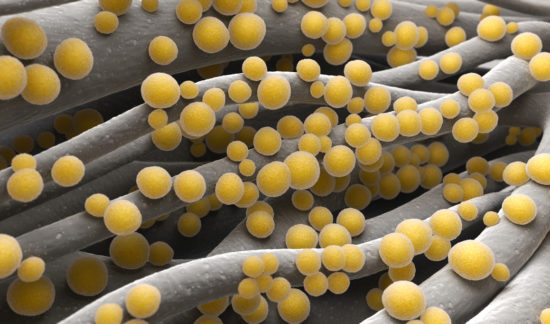Study finds pyrosequencing tied to much earlier treatment for MDR-TB
California Department of Public Health (CDPH) investigators found that patients with multidrug-resistant tuberculosis (MDR-TB) had effective treatment begun 5 weeks earlier when pyrosequencing (PSQ) was used to detect resistance mutations than when it was not, according to a study yesterday in Clinical Infectious Diseases.
The CDPH began using PSQ in 2012 to detect mutations associated with resistance to isoniazid, rifampin, quinolones, and injectable drugs in Mycobacterium tuberculosis bacteria. For the study, the researchers used PSQ to test 1,957 specimens collected from Aug 1, 2012, through Dec 31, 2016.
Among 36 patients with MDR-TB who had a sediment specimen submitted for PSQ, the median time from specimen collection to MDR-TB treatment initiation was 12 days—versus 51 days when PSQ was not used. In addition, among 303 TB patients who completed a survey, 126 clinicians (42%) reported PSQ as a reason for treatment change.
The authors conclude, “Survey data suggest clinicians use PSQ to devise effective TB drug regimens. To maximize the benefit of PSQ, earlier submission of specimens should be prioritized.”
Source: CIDRAP
Healthy Patients


